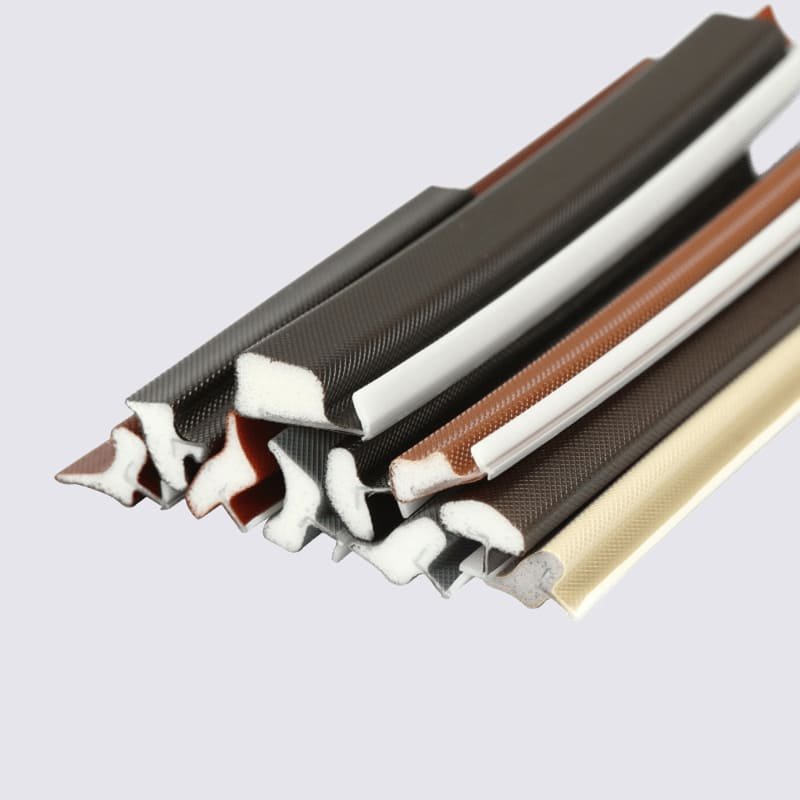Classification of polyurethane seals strip
Polyurethane open sealing strip is based on different application methods and different physical property requirements, using different raw materials, mixing material A and material B according to a certain ratio, and then pouring into the cavity of the groove, the mold, or directly on the base part. On a flat surface, it changes from a liquid to an elastic sealing strip through in-situ foaming. Since the polyurethane reactive material is not formed and foamed in the mold, but is freely foamed and formed in the open state in the plane or groove, it is called a polyurethane open sealing strip. There are mainly two types of polyurethane open seals: flat seals and groove seals.
flat seal
The flat sealing strip refers to the sealing strip that is cast into a semicircular section on the surface of the sealing strip. In order to achieve the required semicircular section after curing, it is necessary to ensure that you flow when pouring, which requires that material A and the hardened mixture have a higher viscosity, which is a thixotropic agent. The flat sealing strip is mainly used for the sealing of the switchboard and the door panel of the electric control cabinet, eccetera.
Groove seal
A groove sealing strip refers to a sealing strip that is cast into a rectangular section in a sealing groove and is mainly used for lampshade sealing, automobile filters, eccetera. In order to obtain a sealing strip with a smooth surface and flat joints, it must be boring and can flow evenly in the sealing groove during pouring before foaming. This requires material A and the reacted mixture to have a low viscosity, which is low-viscosity pouring glue.
Polyurethane sealing strip application
The main application of polyurethane sealant is the civil construction industry, the transportation industry, e così via. Per esempio, in Japan, about 75-80% of polyurethane sealants are used in construction, 15% are used in automobiles, machinery manufacturing, eccetera., E 5% are used in civil engineering and other aspects.
The specific applications in construction include: the connection of building materials such as concrete prefabricated parts and the filling and sealing of construction joints, the sealing of joints around the wooden frames of doors and windows and between the concrete of walls, and the pasting of lightweight structures on buildings (such as curtain walls) Caulking, waterproof caulking of balconies, swimming pools, bathrooms, and other facilities, sealing of joints of air conditioners and other systems, sealing of heat-insulating double-glazing, heat-insulating window frames, eccetera.
The application of polyurethane sealant in automobiles includes the assembly and sealing of windows (mainly windshield glass), assembly of body and other components, eccetera.
In terms of civil engineering, polyurethane sealants are used for caulking high-grade roads, bridges, airstrips, eccetera. The sealing the connection, the sealing of the connection of subway tunnels and other underground tunnels, eccetera.
Polyurethane sealant can also be used for flexible joints of cables (such as underground cables) and potting of electronic components to prevent dust and shock; it can also be used for bonding and sealing heat insulation systems such as refrigerated vehicles, cold storage insulation layers and low-temperature containers.



